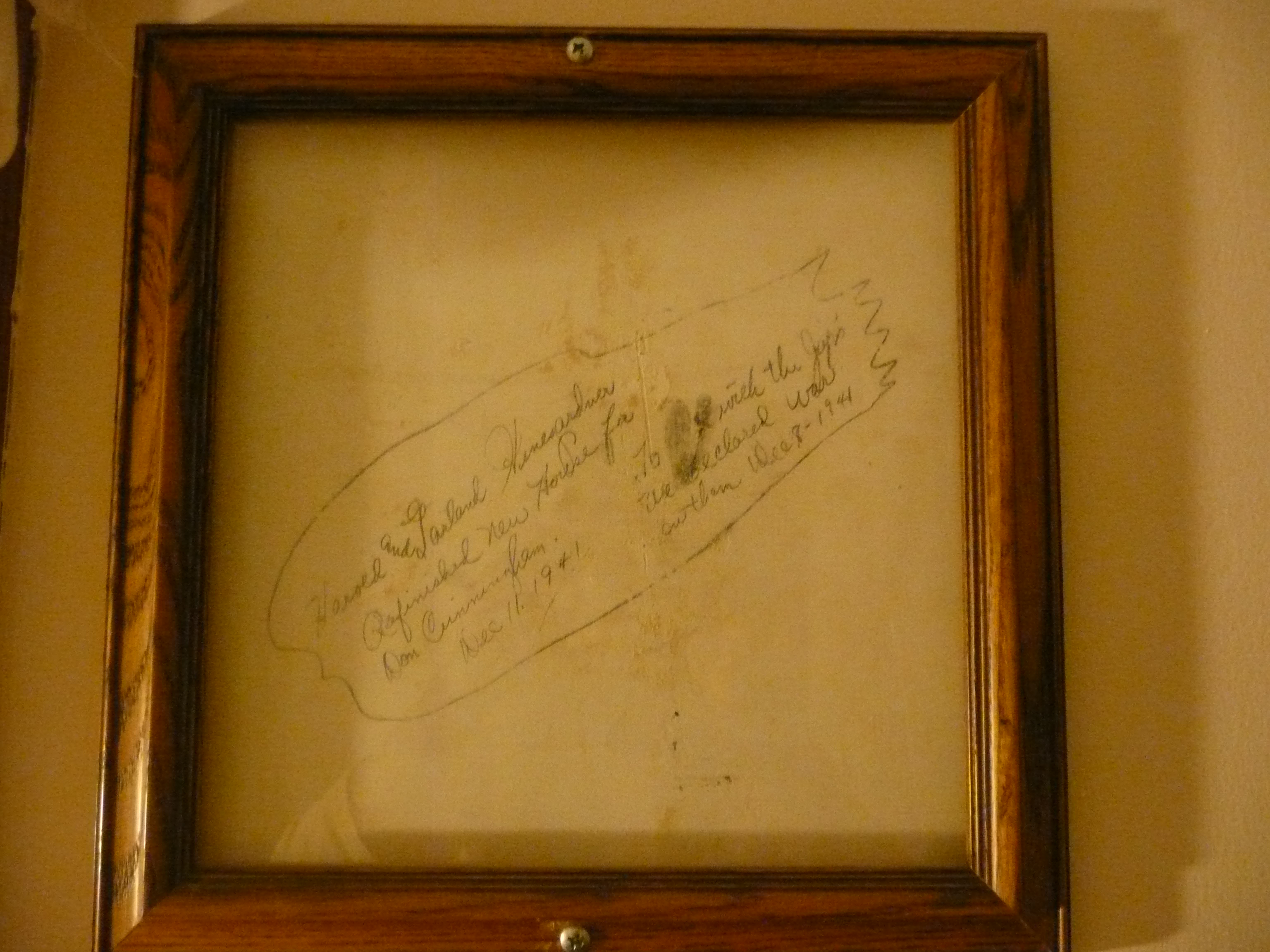My first tenure track gig was in one of those ideal little burgs in the Midwest where suburban kids go to study in splendid isolation. It is a postage stamp of nine thousand souls, voted as one of the "prettiest painted towns," where the big event -- the year I first drove down Main Street -- was the grand opening of the Super Walmart. I was happy to get the job, my dream job. I was even happier to snag one of the coveted faculty houses, a white Cape Cod. In my native L.A., a house like that would have been some Hollywood executive's slice of vintage Americana.
I gave my wife the downstairs office -- the nicest room -- mainly because she had agreed to leave city and career for her personal idea of hell: a small town. She's Korean; I'm Vietnamese. As a Korean national who immigrated to the United States in her 20s, she distrusts rural settings; she'd done grad school in a small town and hated every minute. As a hyphenated-American who spent almost all my life in one of the biggest cities in the United States, I never really thought about what it would mean to live in a small town; for me such little places are nostalgic. I loved that movie, Pleasantville.
The best part of the house was this: it was autographed. It wasn't until we finished living out of boxes, that my wife made this discovery. The Hinegardner brothers -- scions of a local family that cultivate orchards -- refurbished it. They were so proud of their handiwork that they signed and dated it. 1941. The inscription read: "Damn the Jap's. We declared war on them."
I came to the town to teach Comparative Ethnic Literature, so I found this a fascinating artifact. I'm not very squeamish about such things; in the course of my research, I often come across all sorts of racism. Indeed, I can truthfully say I have spent a languid afternoon leafing through the Ku Klux Klan songbook at the Special Collections of the Young Research Library. In comparison, this little piece of scribbling seemed a benign racism: the vintage sort that is now collectible, like those mammy cookie jars that one encounters, periodically, on Antiques Road Show.
I took a picture of it.

Initially, I interpreted the fact that the autograph was displayed as if it were in a museum as a good sign; all things that are in museums are, by definition, dead. I marveled over the fact that they mis-spelled "Japs." I reveled in the idea that somebody (most likely a Christian) later smudged out the letter "a" for fear of eternal damnation. The Hinegardners clearly thought what they wrote to be consequential: they put a border -- a cartouche -- around it. In order to protect the inscription, somebody even screwed a frame directly onto the plaster. It matched the oak molding. To complete the effect, we bought a little Mission Style writing desk at the Target. It was made of cheap particle board and wood-grain veneer.
The frame was only a source of amusement for a short while. Over time, it became more sinister. It became a metaphor of the claustrophobic world I found myself in. You can't really talk about something like this -- it's considered trashy -- so it became a metaphor of the quiet censorship of living in the lily-white world of academia. It was also a metaphor about the ways in which certain things can appear benign -- even quaint -- to those in power, while appearing to be no-such-thing to those who must live, quite literally, in the house they had no hand in creating.
It took me two years before I finally could talk openly about the frame to trusted friends and colleagues. I certainly never complained to anybody about it. I didn't want to sound whiney. I also knew that the administration wasn't going to do anything about it. They loved it so much that they had taken the trouble to frame it.
Why am I writing about this now? Well, we are at a watershed moment in academic culture when a conversation can begin to happen about the cultural climate for academics of color in the university system. This conversation has just begun to take place with the trailblazing efforts of the book Presumed Incompetent--one of the great contributions to this new shift. On other occasions, I have written about Presumed Incompetent to sing its praises. This is therefore something of a follow-up.
I am sharing this story now, a painful one, mainly because I wanted to add my account to those narratives already included in Presumed Incompetent -- a magnum opus that, no doubt, will snowball, reshaping the cultural climate in our great institutions of higher learning. Until this moment in history, I could not bring myself to look at that picture I took -- a flickering sign of all that is wrong with academia. I don't want this story to be my own.
I wonder if that sign is still up? I wonder if it will ever be taken down.